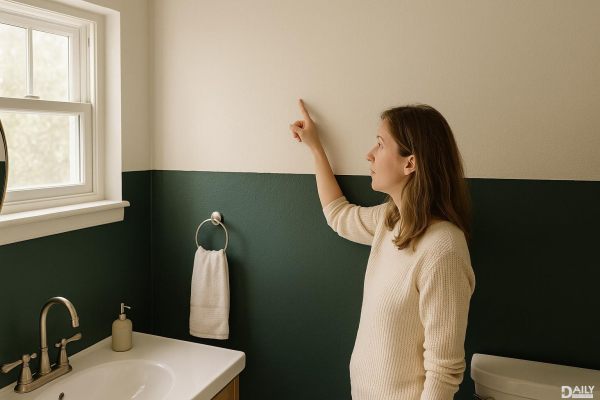If you've ever felt like your legs have a mind of their own when you're trying to sleep, you're not alone. Restless legs syndrome (RLS) is that weird, crawly, gotta-move sensation that hits just when you want to relax. It’s not just in your head—it’s a real neurological condition that messes with your ability to chill out at night. And guess what? Women in their 20s and 30s are way more likely to deal with this than dudes, especially if they’ve been pregnant. So if you’re lying there thinking, “Why won’t my legs just quit it?”—let’s break down what’s going on and how to fix it.
What Does RLS Actually Feel Like?
Imagine this: You’re finally horizontal after a long day, and just as you start to drift off, your legs decide to throw a rave. There’s this deep, gnawing urge to move them—like an itch you can’t scratch or an invisible force pulling at your muscles. Some people describe it as a creepy-crawly sensation, others say it’s like fizzy soda bubbling under their skin. The kicker? The second you get up and walk around, the feeling vanishes. But the moment you try to relax again? Boom, it’s back. This isn’t just “being fidgety.” It’s your nervous system glitching out, and it’s way more common than people realize.
Why Do Some People Get RLS and Others Don’t?
Turns out, RLS loves to play favorites. If your mom or grandma had it, you’re way more likely to deal with it too—thanks, genetics! But family history isn’t the only culprit. Low iron levels are a huge trigger, which is why pregnant women often get hit with RLS (your body’s busy shipping iron to the baby, leaving you depleted). Thyroid problems, certain meds (looking at you, antidepressants), and even caffeine can crank up the leg-jiggling misery. Oh, and if you’re someone who sits all day for work? Inactivity is basically an invite for RLS to ruin your night.
How Do You Know It’s RLS and Not Just Normal Restlessness?
Here’s the thing: Everyone taps their foot or shifts in their seat sometimes. RLS is different. Doctors diagnose it based on four key signs: 1) An overwhelming urge to move your legs, usually with weird sensations, 2) Symptoms that kick in or worsen when you’re resting, 3) Relief when you move, and 4) A nightly pattern that wrecks your sleep. If you’re nodding along, it’s time to talk to your doc. They might check your iron levels or tweak your meds—because yeah, sometimes the fix is that simple.
What Actually Helps? (Spoiler: It’s Not Just Medication)
Pop a supplement: Iron or magnesium can work wonders if you’re deficient. But don’t just grab any bottle—get your levels tested first. Heat things up: A hot bath or heating pad can calm those hyperactive nerves. Move strategically: Evening yoga or a walk can help, but don’t go full Peloton right before bed—that backfires. Tech tricks: Weighted blankets or vibrating pads (yes, that’s a thing) can distract your nervous system. Cut the caffeine: If you’re sensitive, even that 3 p.m. latte could be stirring up trouble by bedtime.
When Should You Worry About RLS?
Most cases are annoying but manageable. But if your symptoms show up before age 40, get progressively worse, or start affecting your arms too, it could signal a more serious form called “early-onset RLS.” That’s when you’d want a neurologist involved. Also, if your RLS meds (like dopamine agonists) stop working or make symptoms worse (hello, “augmentation”), it’s time for a med switch-up. Bottom line? Don’t just suffer through it—keep tweaking your routine until you find what works.
RLS might not be dangerous, but it’s a next-level sleep thief. The good news? With the right combo of lifestyle tweaks and medical support, you can shut down those rebellious legs and finally get some rest. So if your nighttime routine feels more like a wrestling match with your own limbs, take action. Your sleep (and sanity) will thank you.
























